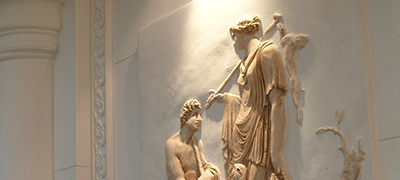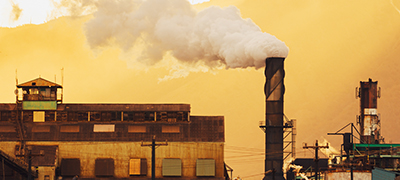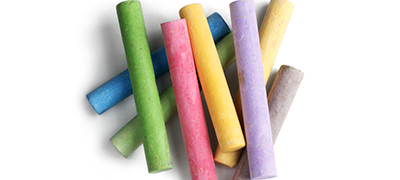Ceaseless challenge toward the top
All about gypsum
Gypsum is obtained by burning dihydrate gypsum ( CaSO4-2H20 ) and modifying it to hemihydrate gypsum ( CaSO4-1 / 2 H2O ) , and gypsum which forms fibrous consecutive assembly is called fibrous gypsum and fine textured dense assembly is called alabaster respectively . Gypsum is mainly colorless , white or light gray , but yellow , red and dark gray gypsum are rarely found.
As a material which is widely distributed and very well known from the ancient times , gypsum is used for material of cement , f ertilizer and pigment , and it is also possible to use it as materials for making models casting or medical plaster cast after making it to plasters by burning , that is to say applying heat to it . Use of colorless and transparent Selenite is also very wide such as use for high quality optical apparatus etc.

Gypsum was used in Anatolia and Syria 9,000 years ago, and it was recognized as precious treasure in ancient times by being used as a pot for putting spice, oil or ointment as a stone material.
5,000 years ago, Egyptians used it by mixing with water between stones piled up on the pyramid by burning gemstone of gypsum to powder and the Greeks used to create the effect of translucence by using gypsum as windows for their temples.
After experiencing the Great Fire in the 1,700s, the king of France enacted use of gypsum and made it a rule to decorate walls of old wooden buildings with gypsum for protecting them from fire. Since then, Paris became the center of gypsum and was designated by the name of ‘Plaster of Paris’ which is being used today.
From the end of 19th century to this day, a variety of method have been developed for multiple use of gypsum other than the purpose of constructional use and gypsum has been widely used for ceramic industry (pottery, hygienic pottery), materials for dentistry, metal cast, articles of jewelry, orthopedics, foods, and medicine, and used directly and indirectly to our daily life.
In 21st century when environmental problem has come to the fore, gypsum which is recyclable as chemical-free material is considered to have infinite possibility.

As a fine and pure crystal produced from the nature, it is an important mineral used largely for multiple purposes including partial use as a material for making pottery and hygienic pottery as well as manufacturing constructional materials such as Portland cement, gypsum board etc.
A dihydrate gypsum with a length of several centimeters transparent plant, mono or bicrystal
Fibrous gypsum (Satin Spar)It is mined as flat surfaced plate with a thickness of several centimeters to more than ten centimeters and a crystal of thin and long needle shaped dihydrate gypsum is gathered in parallel to the direction of the thickness, showing a contour silk.
AlabasterAs a crystal assembly of dihydrate gypsum developed as a stable plate with several centimeters, it is mainly pure-white gypsum, but includes colored one at times. Smooth surface is marble-shaped but hardness is low.
Chemical gypsums produced in Korea are mainly composed of phosphor-gypsum and by-product gypsum, but the amount of use has continuously decreased with decline in the availability.

For road reinforcement, ground improvement etc.

Additives for adhesive, resins, paint etc.

For agricultural pesticides, incense, fertilizer etc.

For pottery, industrial model, mold, dental cast, investment for dentistry etc.

For gypsum board, gypsum plate, gypsum plaster mortar, pates, self-leveling, cement additives etc.

For plaster cast, grinding prism and glass

Additives for resins, drying agent for agricultural pesticides, drying agent for gas liquor etc.

Chalk, drawing white lines on the playground, additives for manufacturing paper

For teaching materials, Albaster sculpture, fine arts, quarry stone etc.

Cultivation of rehabilitating material, for algin, agriculture, cement, bean curd, beer, yeast etc.